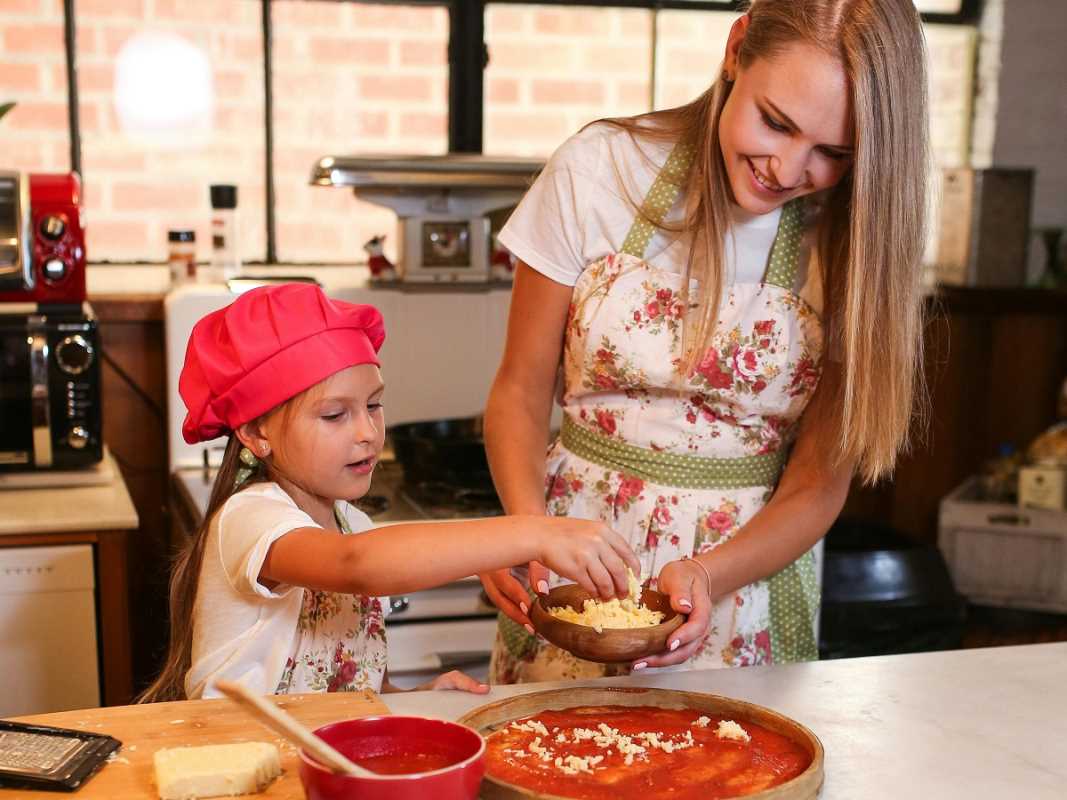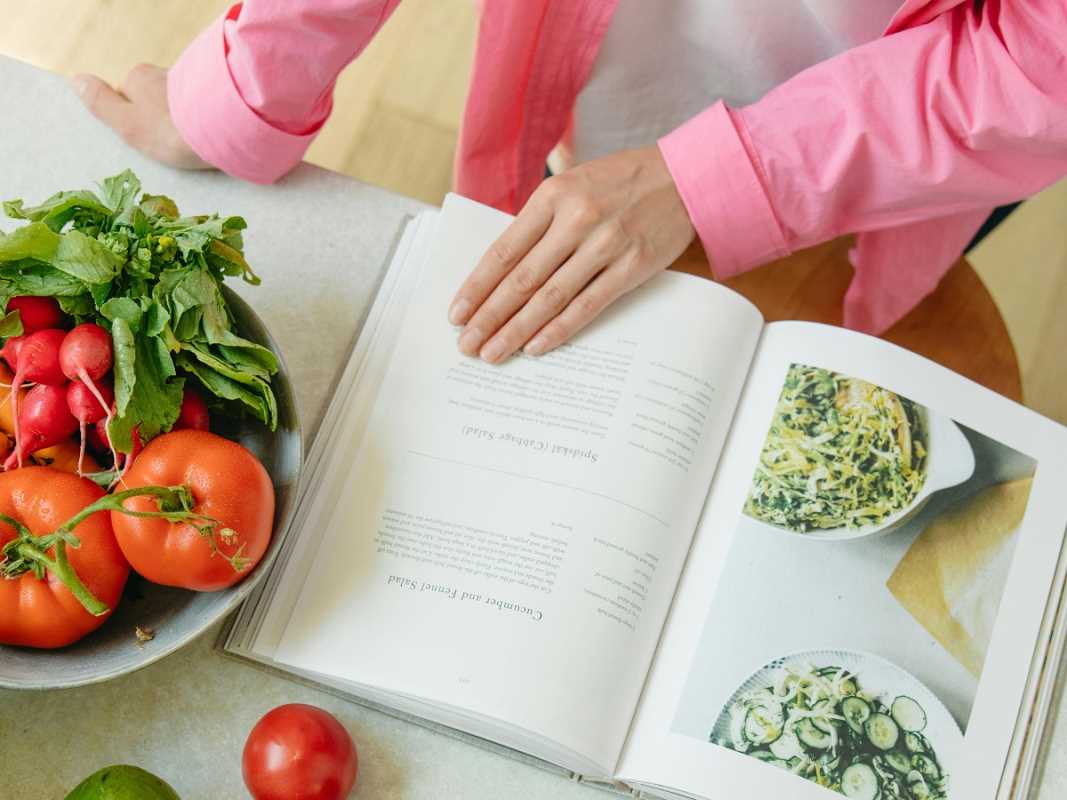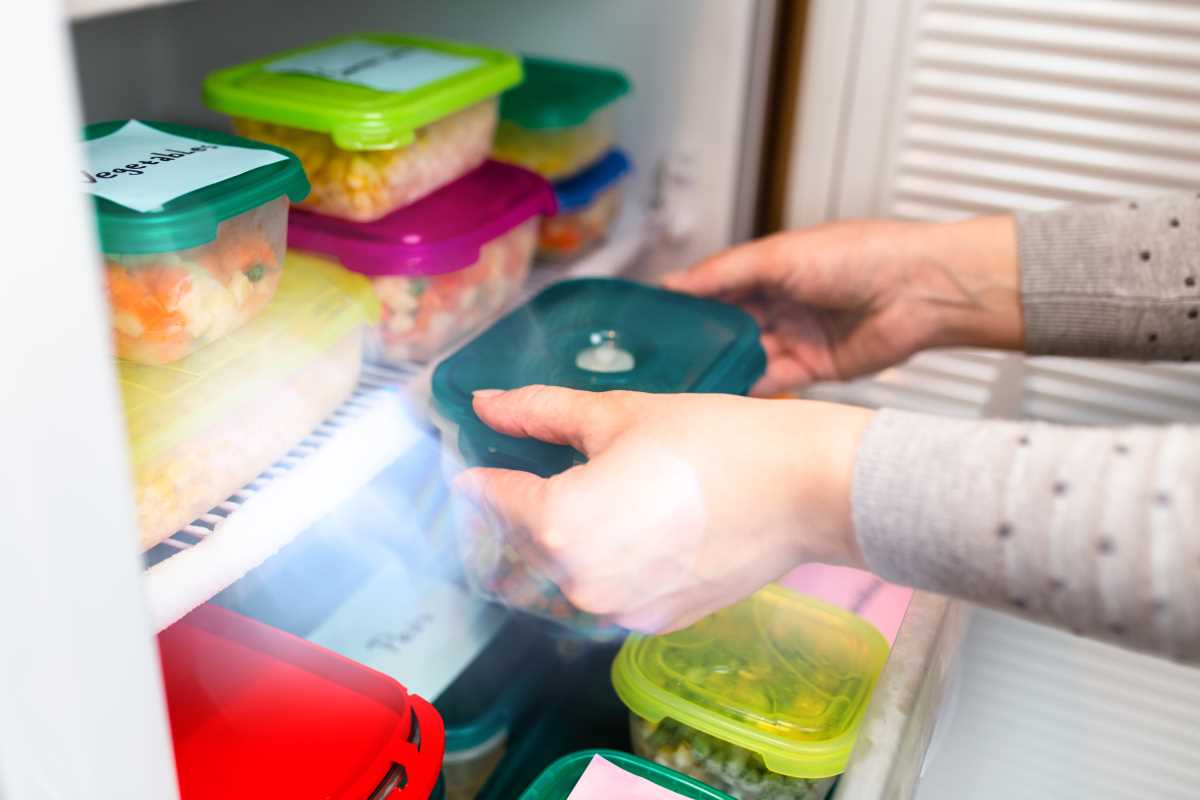Gathering for dinner each night often brings comfort, yet the experience can become repetitive. Introducing a playful theme to your meal breaks up the routine and turns supper into an adventure. Turning an ordinary plate of spaghetti into an Italian café setting or transforming taco night into a lively market scene brings excitement and fresh energy to the table. Dessert can become a whimsical chocolate factory visit, encouraging everyone to participate and engage. These themed dinners spark curiosity and invite laughter, while encouraging everyone to share stories and connect in new ways. With just a little creativity, every meal can turn into a memorable occasion.
With a few thoughtful touches, you can transform mealtime into a weekly highlight that children and adults look forward to. From choosing a setting and matching music to crafting interactive tasks, each element breathes new life into the most basic routine. Embrace themes as playful invitations rather than elaborate productions, and watch how anticipation builds as loved ones ask, “What’s next?”
Fresh Spark for Dinner Time
- Surprise factor: Introduce a twist such as blind tasting exercises or mystery ingredient reveals to awaken senses and ignite playful competition. This element prompts curious questions, laughter, and bonding when participants compare flavors and guesses.
- Atmospheric details: Set the mood with simple decorations, themed playlists, and color-coordinated tableware to create a mini-escape in your dining room. These details signal everyone that this meal will break the usual pattern without requiring elaborate props.
- Interactive roles: Assign family members tasks such as “seasoning expert,” “plating artist,” or “food scientist” to encourage active participation and hands-on learning. This approach fosters personal pride in small accomplishments and promotes teamwork.
- Family nights build lasting memories by pairing themed mealtimes with group challenges that suit all ages. Rotating roles and responsibilities ensures each person feels valued and keeps the experience fresh every time you gather to eat.
Practical Setup Steps
- Theme Selection Step
- Purpose: Sparks anticipation and sets clear expectations.
- Step-by-Step:
- Brainstorm ideas based on favorite cuisines, activities, or seasons.
- Narrow down to one appealing concept.
- List supplies needed for preparation.
- Cost/Metric: Under $20 for DIY decor or borrowed props
- Insider Tip: Repurpose items you already own (e.g., brochures, foreign currency) to boost authenticity without spending more.
- Menu Planning Step
- Purpose: Provides a cohesive dining narrative from appetizer to dessert.
- Step-by-Step:
- Choose one signature dish that defines the theme.
- Add two supporting dishes for balance.
- Write out ingredient lists and check pantry inventory.
- Cost/Metric: Around $30 per themed meal using a homemade/store-bought combo
- Insider Tip: Freeze sauces or dressings in ice cube trays to reduce last-minute prep.
- Table Styling Step
- Purpose: Visually transports diners and reinforces the theme.
- Step-by-Step:
- Pick a color palette to reflect the chosen theme.
- Use fabric scraps or runners for added texture.
- Arrange themed centerpieces (e.g., plants, maps, figurines).
- Cost/Metric: Under $15 with thrifted or craft closet materials
- Insider Tip: Simulate lanterns by filling jars with colored water and LED tea lights for cozy glow.
- Activity Integration Step
- Purpose: Turns dining into an active, engaging experience.
- Step-by-Step:
- Write prompts or games on small slips of paper.
- Tuck them under plates or napkins.
- Invite guests to complete the task after each course.
- Cost/Metric: Free to $5 for cardstock or templates
- Insider Tip: Use teamwork-style prompts like “Name this dish together” or “Describe your neighbor’s plate in 3 words.”
- Post-Meal Reflection Step
- Purpose: Reinforces the memory and generates future ideas.
- Step-by-Step:
- Pass a notebook for each guest to write one favorite moment.
- Share reflections aloud.
- Save notes for a rotating “family cookbook” or themed scrapbook.
- Cost/Metric: Budget notebooks under $7
- Insider Tip: Mark each page with a ribbon or sticker to build a nostalgic keepsake over time.
Creative Menu Inspirations
- Market Stall Feast: Mimic an open-air market with build-your-own wraps, assorted dips, and fresh fruit skewers. Provide small chalkboard signs labeling each item for an authentic vendor feel, complete with hand-drawn price tags.
- Treasure Island Picnic: Spread tropical linens and serve foil-wrapped “buried treasure” potatoes, fruit kabobs, and smoothie “potion” shots. Add a simple treasure map that guides kids around the yard for special snack rewards.
- Backyard Campfire Style: Grill sausages or veggie skewers over charcoal, toast marshmallows on skewers, and share spooky or silly campfire stories. Hang fairy lights in trees to mimic stars without being outdoors overnight.
- Winter Alpine Lodge: Offer fondue pots with cheese or chocolate, side boards of cubed bread or fruit, and hot cider in mugs. Encourage guests to wear cozy scarves or beanies for extra winter lodge vibes.
Keeping Kids Engaged
- Visual Storyboard Prompt: Create a simple flip chart that outlines each course with illustrations and brief descriptions. Kids can flip pages as you serve, building suspense and guiding them through the story you tell.
- Role Rotation System: Use a clothespin chart to assign rotating roles—like taste tester, plate twirler, or story narrator—and switch roles each course. This approach keeps responsibilities fresh and gives each child a moment in the spotlight.
- DIY Plating Challenge: Provide small plates and garnish supplies like herbs, sauces, or colored sprinkles. Invite kids to plate a shareable appetizer artistically, then have parents guess which theme or region inspired each creation.
- Mini Photo Booth: Set up a corner with theme-related props—hats, scarves, paper cutouts—and let children snap quick photos after dessert. They can choose their favorite image to stick in a family album or on the fridge.
Thoughtful touches can bring surprise and interaction to any themed evening. Simple changes to settings, menus, and roles strengthen bonds and turn everyday meals into memorable stories. With each meal, your household shares experiences to cherish.
 (Image via
(Image via





